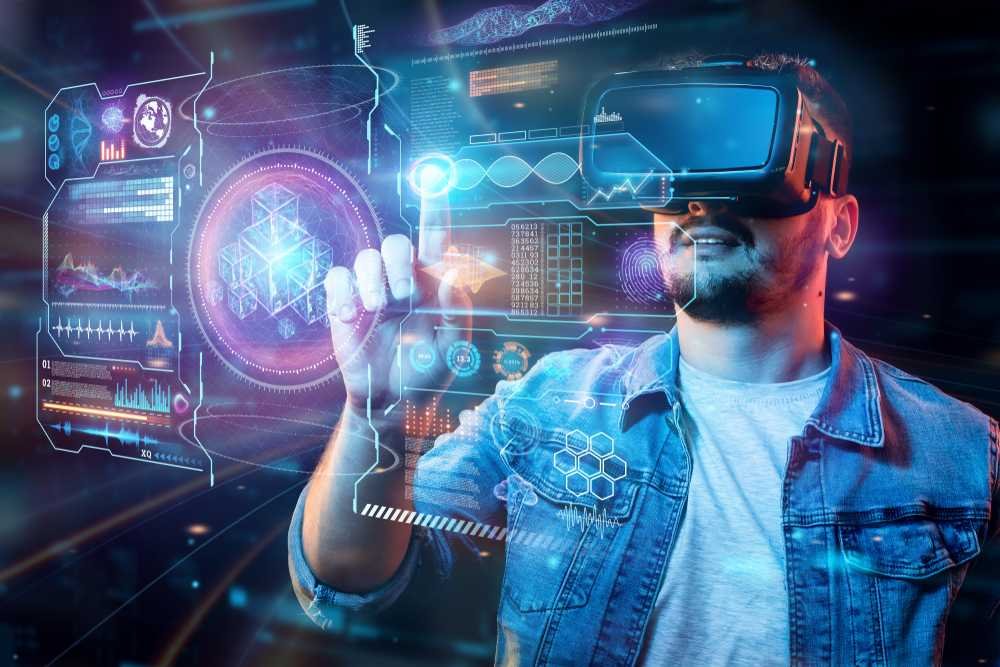
User experience (UX) design is constantly evolving, driven by emerging technologies and innovations. As technology advances, so do the expectations of users. In this blog post, we will explore some of the key trends and developments that are shaping the future of UX.
Artificial Intelligence (AI) and Machine Learning (ML) are revolutionizing the way we interact with technology. These technologies enable systems to learn and adapt based on user behavior, preferences, and patterns. In the context of UX, AI and ML can be used to personalize user experiences, anticipate user needs, and provide more relevant and tailored content.
For example, AI-powered chatbots are becoming increasingly common in customer support services. These chatbots can understand and respond to user queries, providing instant assistance and improving overall user satisfaction. AI and ML can also be used to analyze user data and generate insights that can inform UX design decisions.
Augmented Reality (AR) and Virtual Reality (VR) technologies are transforming the way we perceive and interact with digital content. AR overlays digital information onto the real world, while VR immerses users in a completely virtual environment. Both AR and VR have the potential to enhance user experiences by creating more engaging and interactive interfaces.
In terms of UX, AR and VR can be used to create realistic simulations, allowing users to visualize products or experiences before making a purchase or decision. For example, furniture retailers can use AR to enable customers to see how a particular piece of furniture would look in their own homes. VR can also be used to create immersive training experiences, such as flight simulations for pilots or medical procedures for healthcare professionals.
The Internet of Things (IoT) refers to the network of physical devices, vehicles, appliances, and other objects embedded with sensors, software, and connectivity. These devices can collect and exchange data, enabling them to communicate and interact with each other. The IoT has the potential to revolutionize UX by creating more seamless and integrated experiences.
For example, smart homes equipped with IoT devices can automate various tasks, such as adjusting the temperature, turning on lights, or ordering groceries. This level of automation can greatly enhance user convenience and comfort. In addition, IoT devices can gather data about user preferences and behavior, allowing for more personalized and context-aware experiences.
The future of UX is exciting and full of possibilities. Emerging technologies such as AI and ML, AR and VR, and the IoT are reshaping the way we design and interact with digital experiences. As UX designers, it is important to stay informed about these trends and innovations, and to adapt our practices to meet the evolving needs and expectations of users.
By embracing these emerging technologies and leveraging them to create more personalized, engaging, and seamless experiences, we can ensure that the future of UX is user-centric and enhances the overall quality of digital interactions.
